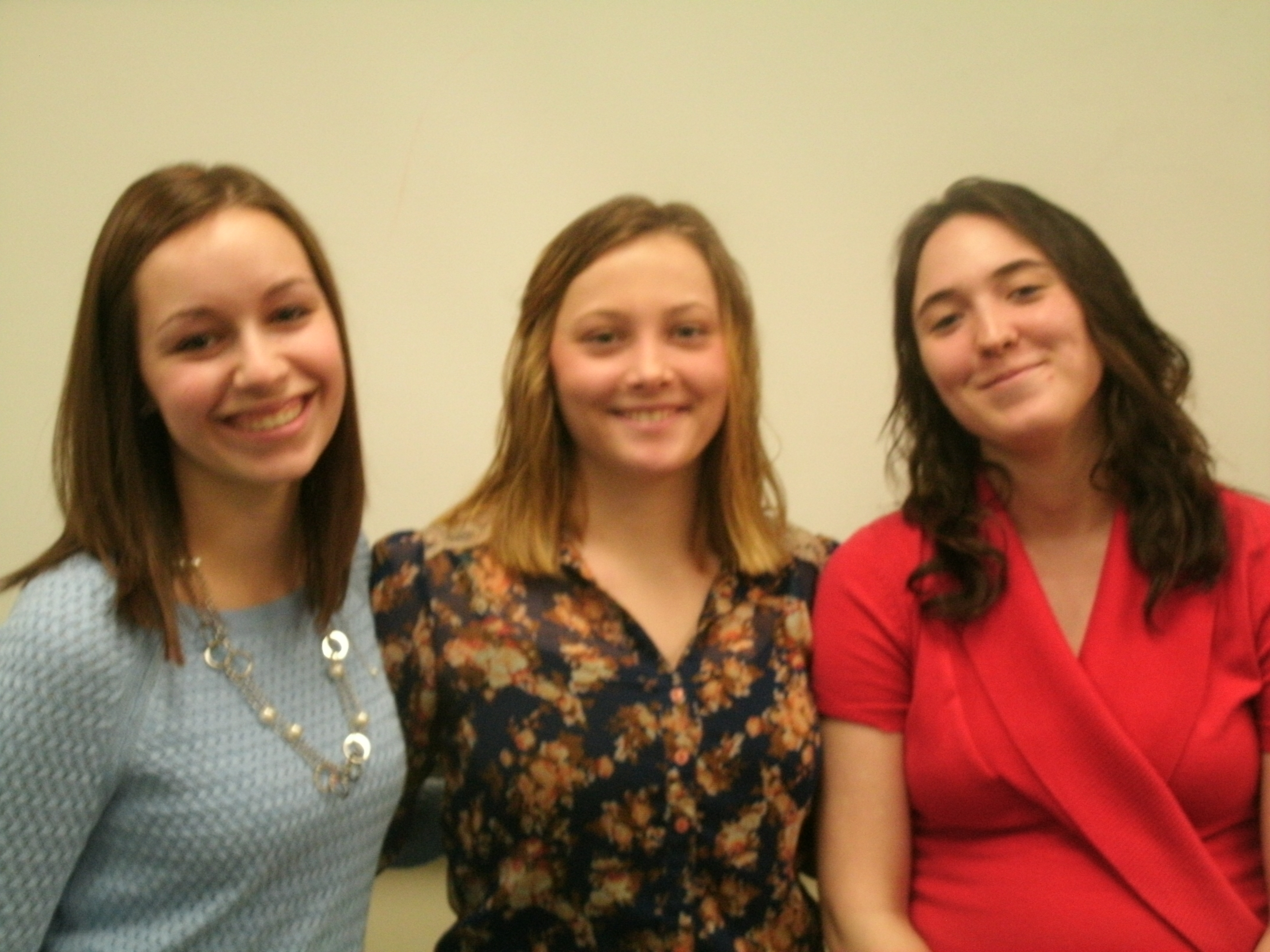The Pulitzer Prizes are awards given by Columbia University to outstanding journalists, writers or musicians. To win a Pulitzer is an outstanding achievement. In this video, “A Glimpse of Life: The Pulitzer Photographs,” we see many outstanding and inspiring photos journalists have taken over the decades: from the flag raising in Iwo Jima in 1945 to the twin towers on fire and crumbling in 2001. What exactly makes a photograph Pulitzer worthy? Well, with these next photos, you’ll see through five decades that Pulitzer photographs truly tell an amazing story.
Let’s start with the 1950s, and “Parade,” photographed by William Beall and published by the Washington Daily News in 1958. This photo truly embodies the Pulitzer with how beautiful it is. The pure joy from the small boy looking up at the officer just brings a smile to your face. That’s one thing that a Pulitzer should do: make the reader feel an emotion, whether it’s good or bad.
The next Pulitzer photograph, “Saigon Execution,” was taken by Eddie Adams in 1969. “We see them pulling a guy right through the door of the building: a prisoner. As a photographer, as a newsman, somebody gets a prisoner so you photograph that prisoner until he’s out of sight. All of the sudden to my left, somebody came out of nowhere and I see him go for his pistol and as soon as he raised his pistol, as soon as he brought it up, I took the picture. And I thought absolutely nothing of it. And then I went to lunch. So what, it was a war. I’m being serious, that’s how I felt.”





